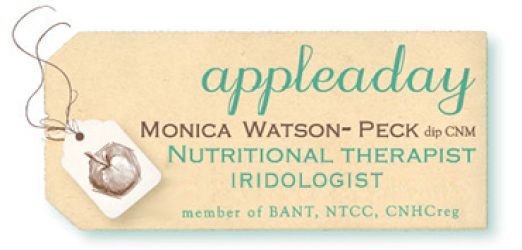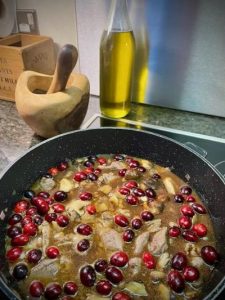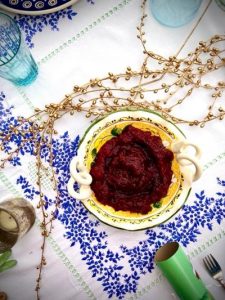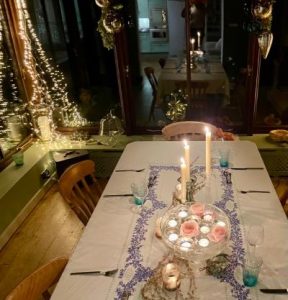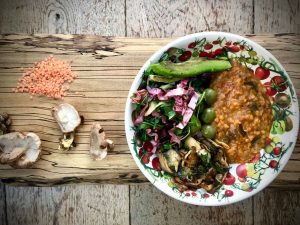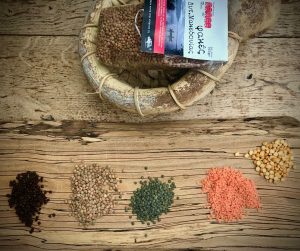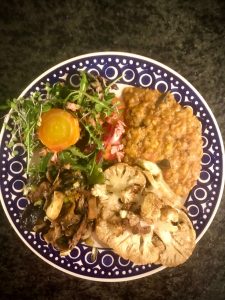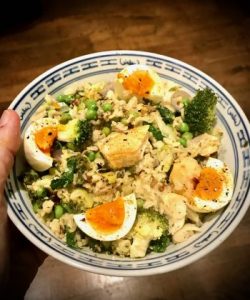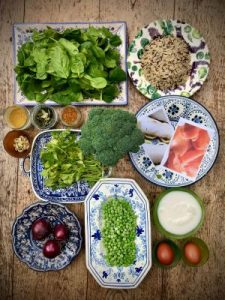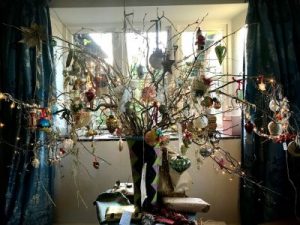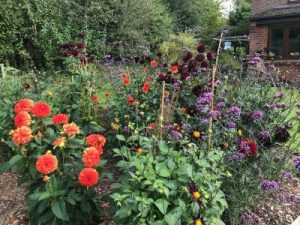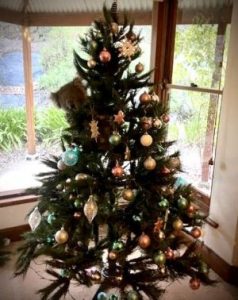We’ve had a birthday month – friends and family – so I wanted to try out some new gf recipes, as I’m on a mission to find a perfect one for a wedding next year.
I love this cake because for me hazelnut + chocolate = gianduja which is a fave chocolate of mine. The cake obviously doesn’t rise, but the pears give it some height and style especially when dusted.
This photo below was my first attempt when I cut the pears into smaller pieces, but I now know quartered pears work best.
You can make it dairy free by using plant-based butter replacements. I’ve not tried it yet but that’ll be my next taste test.
The raspberry coulis is optional. Last time I baked it was for a birthday so we had whisked oat cream, raspberry coulis and ice cream for those who wished. Went down a treat!
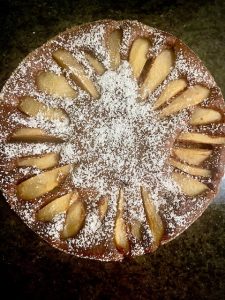
I think the cake actually tastes better after a day in the fridge! Makes the chocolate slightly fudgy, but I’ll leave that to you. It’s a tough call putting a freshly baked cake away for a day or more, 🙂 but Mr C agreed it tasted better after an overnight in our fridge. Just saying 🙂
Equipment you’ll need: 23cm or 25cm loose-bottomed tin.
Nut/seed grinder or blender for dry ingredients
Whisk, hand mixer
Baking paper, cut into a circle to fit base
Sieve for coulis
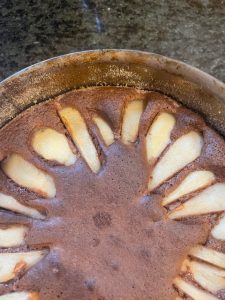
Ingredients
For 8 delicious slices
90g butter (or plant-based), plus 1 tbsp extra for the tin (or use light olive oil for greasing the tin)
70g golden caster sugar, plus extra 1 or 2 tbsp to line the tin
100g 72% dark chocolate, broken up
3 eggs, separated
85g roasted hazelnuts, ground in a coffee or seed grinder
2 ripe large pears, peeled, halved, quartered and cored
icing sugar to dust when the cake has cooked
Method
Heat oven to 180 degrees C (160 fan). Melt the chocolate and butter (or a butter replacement) in a bain-marie over a pot of hot water. Stir gently when it’s melted; let cool.
Prepare your tin!
Rub butter or swish a little oil on the tin’s base and sides, then line the base with your circle of greased baking paper.
Find that extra caster sugar mentioned above, spoon and swirl so it sticks to the sides and paper base, tipping out any excess.
Separate your eggs and whisk the whites to soft peaks. Put aside.
Clean your beaters, whisk the egg yolks with the 70g caster sugar until the mixture is thicker and paler. Fold this into the cooled melted chocolate together with the ground hazelnuts.
Now add your peaked whites in batches, first, mix half into the chocolate, then gently fold the rest. Don’t be too rigorous with your mixing ‘coz you want those whites to give your cake some lift.
Spoon your finished wet cake into the tin and arrange your pear quarters on top.
Bake for 30-40 mins. Check with toothpick or skewer after 30 mins to see if it comes out dry.
Optional easy-peasy Raspberry coulis
This recipe is generous (I am always grateful for leftovers to freeze)
Ingredients
¼ cup caster sugar
2 tbsp water
300 g frozen raspberries, defrosted
optional: 1 tbsp Grand Marnier
Combine the water and sugar in a small pot, stirring till dissolved. Add the raspberries and gently cook until they’re soft & falling apart.
Cool enough so you can strain it, using a spoon to mush it down through the sieve. Add the Grand Marnier – or not – to the sieved berry mix and serve either warm, cold, or keep in the fridge up to a week (or in the freezer a couple months).
Serve the cake as is or with whipped df oat cream or regular cream or ice cream. I know someone will be adding custard, whatever floats your boat!
Give it a try and do let me know what you think.
